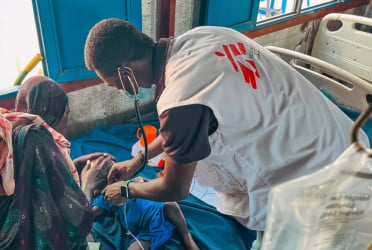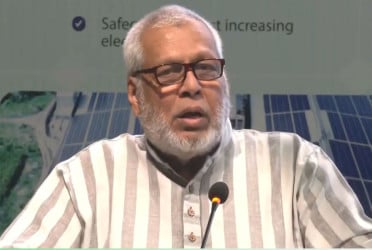Mississippi State University Professor Emeritus Arthur G. Cosby, along with a team of U.S.-based researchers, has revealed significant global trends in coastal population growth in a new study published in Scientific Reports-Nature. Using cutting-edge technology from Oak Ridge National Laboratory’s Global LandScan Project, the study provides high-resolution estimates of population distribution along Earth's coastlines from 2000 to 2018.
On Thursday (Mississippi local time) the university stated that the study, titled "Accelerating Growth of Human Coastal Populations at the Global and Continent Levels: 2000–2018", reports that approximately 15% of the global population—about 2.2 billion people—now live within 50 kilometers of a coast, a 26% increase from 1.72 billion in 2000. The concentration is most intense within 10 kilometers of the shoreline, where 14% of the population resides on just 4% of inhabitable land.
“This rapid growth along coastlines presents both opportunities and challenges,” Cosby said. “Coastal areas offer economic and social advantages but are also vulnerable to risks like rising sea levels, soil erosion, and extreme weather events. These issues are compounded by increased human waste, infrastructure demands, and public health challenges.”
Cosby emphasized the global disparity in preparedness, noting that poorer nations may struggle to address these growing risks.
The research team included Viswadeep Lebakula of ORNL, Ciarra Smith of MSU, and collaborators from the University of Connecticut, George Mason University, University of California Riverside, and Harvard University. The article is available here, with a related piece published in The Conversation.
MSU’s Social Science Research Center continues to lead groundbreaking research and is accessible at ssrc.msstate.edu.
Jisan Al Jubair
Bd-pratidin English


































































